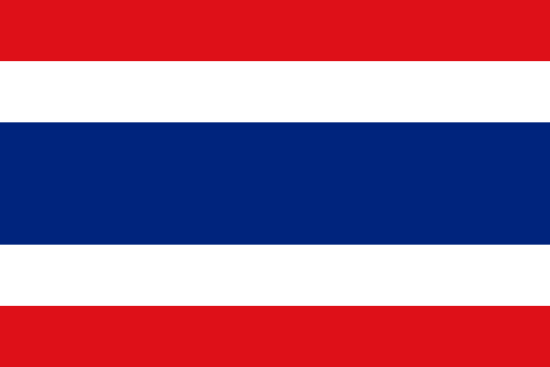"ยินดีต้อนรับสู่อุดรธานี | Welcome to Udon Thani"
Udon Thani doesn't have an official slogan or a well-known cultural saying. However, the phrase above reflects the city's welcoming nature towards visitors.
About:
Udon Thani, a city in northeastern Thailand, was founded in the late 19th century by Prince Prajak Silapakhom. It served as a U.S. air base during the Vietnam War, leading to rapid development. Post-war, the city continued to grow as an important regional hub. Today, Udon Thani is known for its archaeological wonders, particularly the Ham Saan Kilns and the Phu Prabhat Historical Park, showcasing its rich history. It has also embraced modernity, with bustling markets and a growing economy.
When to visit:
Udon Thani, located in northeastern Thailand, experiences a tropical savanna climate with three distinct seasons: hot, rainy, and cool. The best time to visit Udon Thani is during the cool season, which occurs from November to February, when temperatures are milder and more comfortable for outdoor activities. This period also coincides with the region's vibrant festivals and events, such as the Udon Thani Red Cross Fair in January, offering visitors a chance to immerse themselves in the local culture. Travelers should be mindful of the hot season from March to May, when temperatures can soar, and the rainy season from June to October, which may bring heavy downpours and humidity.
When to avoid:
Udon Thani, a city in northeastern Thailand, experiences its peak tourist season from November to February, characterized by cool and dry weather. However, the worst time to travel to Udon Thani on a holiday would be during the monsoon season, which typically occurs from July to October. During this time, heavy rainfall and thunderstorms are common, leading to potential flooding and travel disruptions. It is advisable to avoid visiting Udon Thani during these months to ensure a smoother and more enjoyable travel experience.
"Winter Season (Dec-Feb)"
The wettest period in Udon Thani, Thailand is typically from May to October during the monsoon season. Average temperatures range from 25°C to 33°C. Rainfall is at its peak in September, with around 334mm falling throughout the month. Despite the rain, there are still about 5-6 hours of sunlight per day. The cloud cover is significant, often leading to overcast skies. For a visitor, an average day might start sunny but usually turns cloudy with a high chance of afternoon showers. It's humid, but the rain brings a refreshing coolness. Indoor activities are advisable during this season.
Hot Season (March–May)
In Udon Thani, Thailand, the warmest part of the year typically spans from March to May, known as the hot season. During this period, the average high temperatures can rise to around 35-37°C (95-99°F), while the average low temperatures usually remain around 25°C (77°F). The region experiences moderate rainfall during this time, with the monthly average ranging from 20-90mm.
Sunlight is abundant, with an average of 9-10 hours of bright sunshine each day. Humidity levels are relatively high, often exceeding 70%, which can make the heat feel more intense. Cloudiness varies, but clear or partly cloudy days are more common, offering plenty of sunshine.
A typical day for a visitor during this period would start off warm and gradually become hot by midday. The intense heat combined with high humidity can make outdoor activities quite challenging during peak hours. However, the generous sunlight provides excellent conditions for sightseeing and photography. Afternoon and evening showers may occur but are usually brief, offering a refreshing respite from the heat. Nights are warm and comfortable. It's recommended to stay hydrated and wear light, breathable clothing.
Language:
In Udon Thani, a city located in northeastern Thailand, the most commonly spoken language is Isan. Isan is a group of Lao dialects spoken in the Isan region of Thailand. However, due to the city's educational system and media, Central Thai is also widely understood and used in daily life. Additionally, English is taught in schools and is commonly used in tourist areas.




